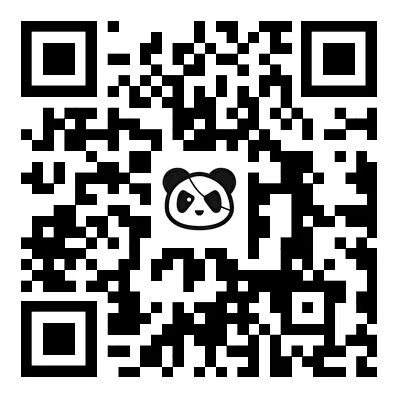What else does the referee have to be the No. 1 position in baseball
MLB Major League Baseball referee
Referee architecture
The on-court referee team consists of 4 people: 1 home run referee and 3 softball referees (1st base, 2nd base, 3rd base).
An MLB game is officiated by 4 umpires: 1 home plate umpire and 3 base umpires (1st, 2nd, 3rd).

The home plate referee is responsible for determining whether the ball is good or bad and supervising the touch and blocking behavior in the home plate area.
The home plate umpire calls balls/strikes and oversees plays at home plate, including obstruction calls.
The softball referee is responsible for decisions on the runner's safe run or out, such as Force Out and Tag Play.
Base umpires determine whether runners are safe or out on force plays, tag plays, and stolen base attempts.
The Crew Chief is the leader of the referee team and is responsible for handling controversial decisions and communicating with coaches.
The Crew Chief, the most senior umpire, leads the team and handles disputes with managers.
The Instant Replay system is managed by the New York headquarters and assists in correcting key penalties through multi-angle video.
MLB’s Instant Replay system, operated from New York, uses multi-angle video to review and overturn close calls.

Referee career path
Referees start their careers in minor leagues and work their way up to the MLB.
Umpires begin their careers in the Minor Leagues and advance to MLB through performance evaluations.
Referee schools, such as the Wendelstedt Umpire School, offer 5 weeks of intensive training covering rules, penalty techniques and fitness.
Umpire schools (e.g., Wendelstedt School) offer 5-week programs focusing on rules, mechanics, and fitness.
Call-Up Umpires are MLB referees from minor league AAA who temporarily replace injured or rested MLB referees.
Call-Up Umpires from Triple-A leagues temporarily replace MLB umpires during injuries or rest days.

The core quality of referees
Mastery of the Official MLB Rulebook, including annual rule updates (such as the Pitching Timer).
Mastery of the MLB Official Rules, including annual updates (e.g., pitch clock rules).
The Strike Zone is determined in 0.4 seconds and has an error tolerance of less than 1 inch.
Strike zone calls must be made within 0.4 seconds, with an error margin under 1 inch (2.54 cm).
Strict physical requirements: 3-4 hours of standing law enforcement in a single field, agility training every day.
Physical endurance: Standing for 3-4 hours per game and daily agility drills.
Resilience is crucial and requires a calm response to intense questioning from a player or coach.
Mental resilience is critical to remain calm during confrontations with players/coaches.

Familiarize yourself with real-time replay technology and confirm the penalty with the New York Replay Center via headphones within 30 seconds.
Proficiency with replay technology: Confirming rulings via headset with New York within 30 seconds.
The MLB refereeing system combines traditional penalty making with modern technology, and referees need to have accurate judgment, physical fitness, and mental toughness.
MLB’s umpiring system blends tradition with technology, requiring precision, fitness, and unshakable composure.


Wonderfulshortvideo

Skenes with the SMOKE 😮💨



"But I know in my heart that I've always needed you more than you've ever needed me." - Vin Scully 🥹



Meet the catcher—that’s right, CATCHER—who struck out Shohei Ohtani!



What’s better than getting inspiration from your dad? 🥰



Back-to-back homers to start the game for the @Miami Marlins! 💪



jacob if you see this i’m YOUR hitting admirer 🙂↕️








 Links
Links
 Contact
Contact
 App
App


